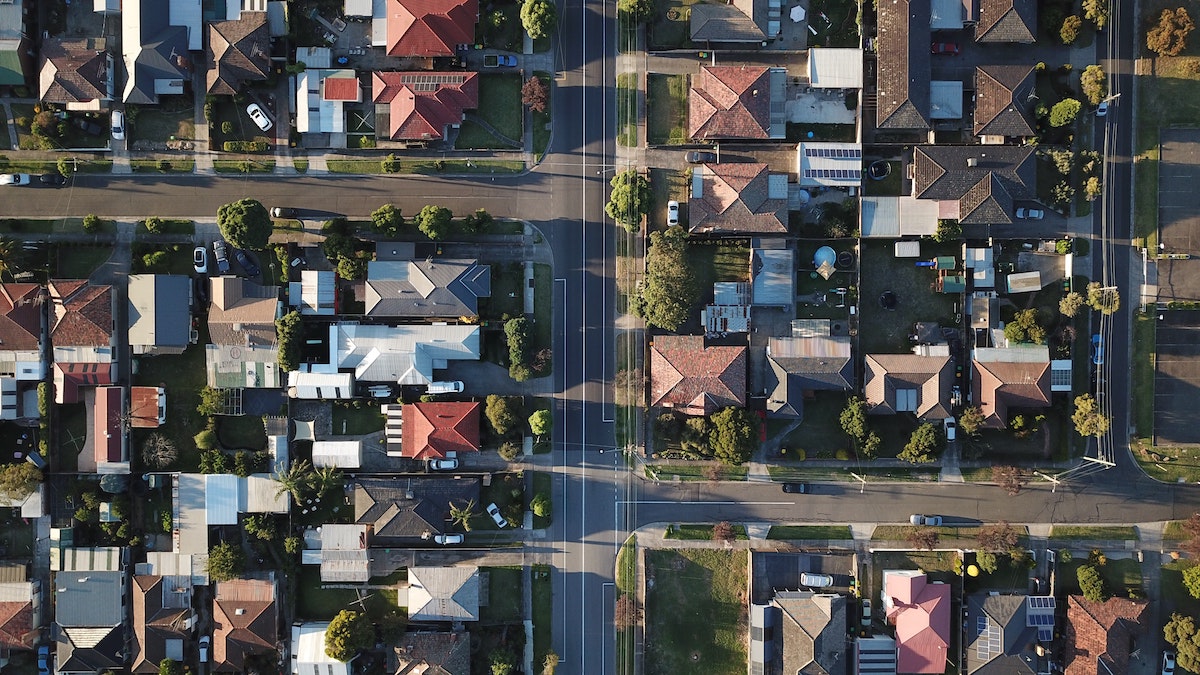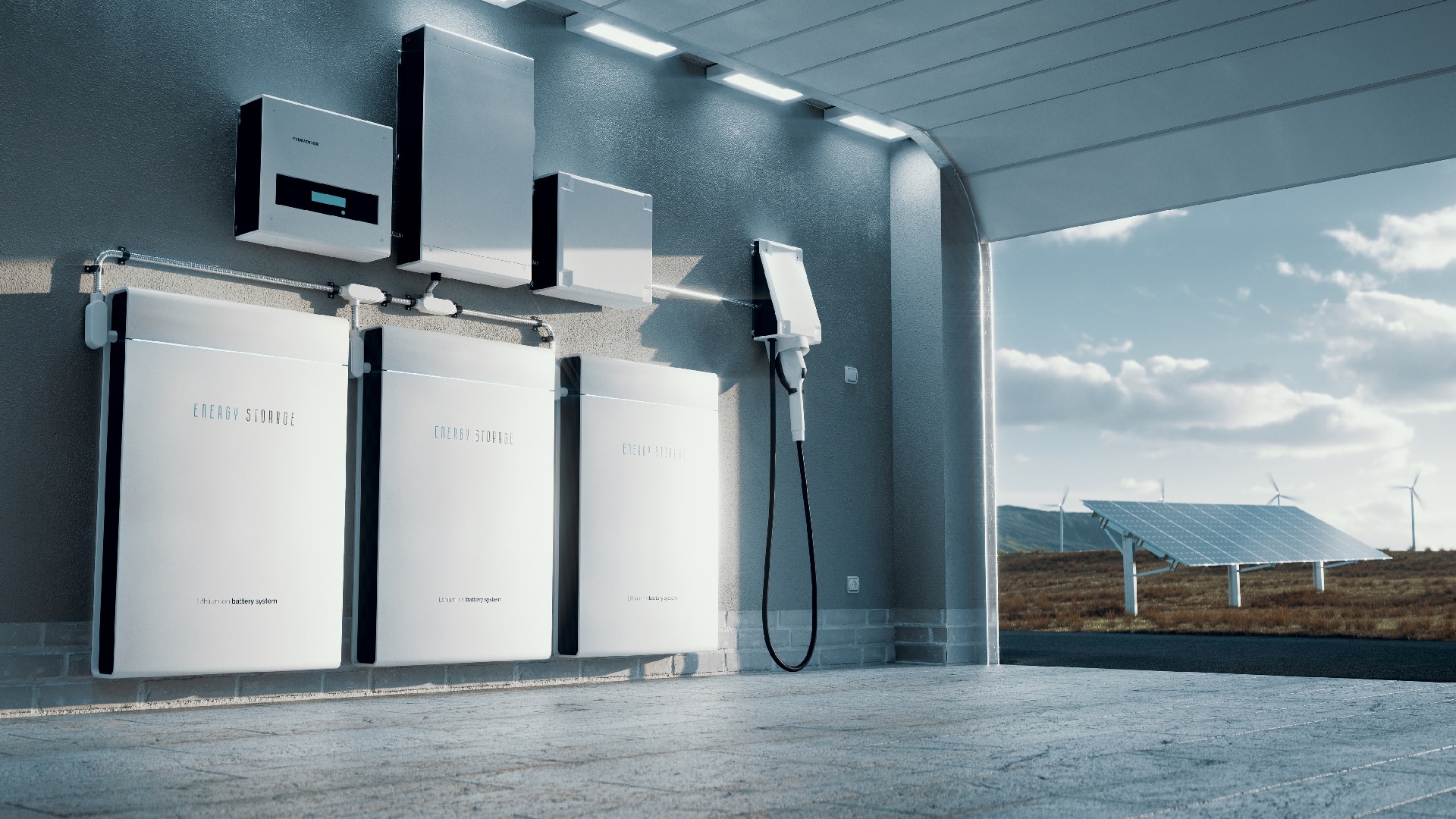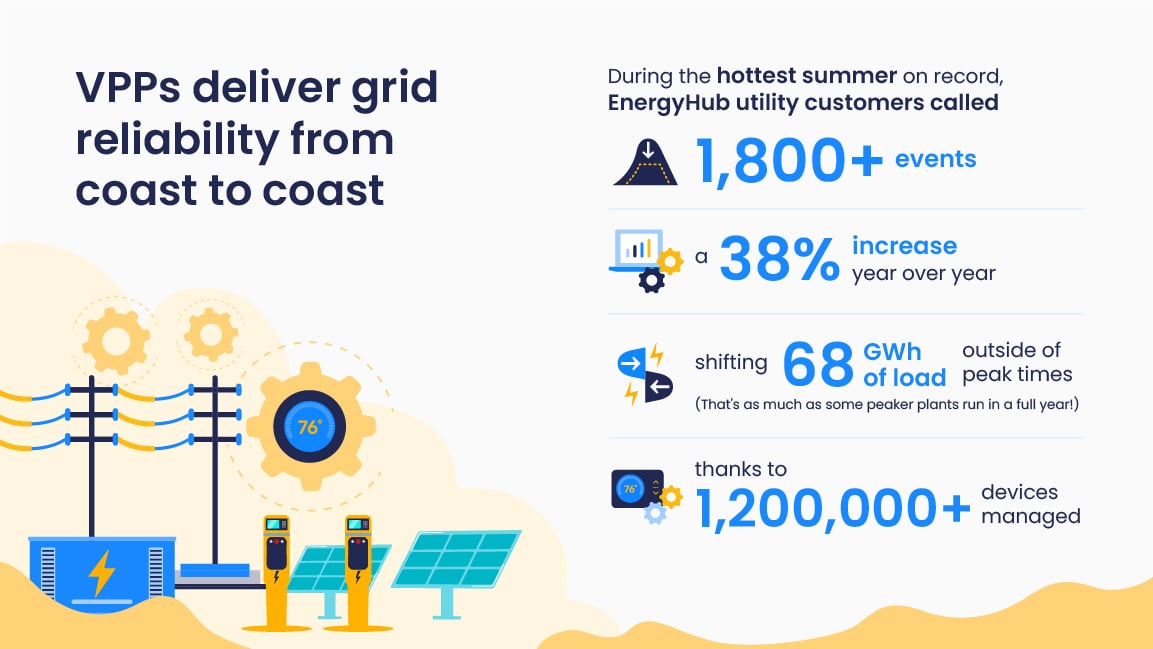
EnergyHub Team
June 22, 2020
Regions impacted by COVID-19 have seen energy demand affected by business closures and quarantine behavior. But overall reduction in demand due to COVID-19 does not mean that utilities are abandoning their demand response goals for the upcoming season.
Utilities continue to rely on DER programs to provide valuable grid services during this crisis. As summer approaches, utilities are preparing for the demand response season while making adjustments based on COVID-19’S impacts on customer behavior and grid needs.
Here are unique considerations utilities face as they scale enrollment and call demand response events within the context of COVID-19.
The importance of residential demand response will rise relative to commercial and industrial
Residential demand response may be even more important this summer than in a typical year.
While commercial and industrial (C&I) loads have decreased, residential load has increased due to the high number of people staying at home throughout the day. Early studies indicate homes have increased their daytime energy usage by up to 25 percent.
This means residential loads can have more of an impact on system-wide peaks than usual. Residential demand response may need to play an outsized role this summer relative to C&I programs.
Quarantine will not compromise demand response performance
Will residential demand response perform differently with people quarantined at home?
EnergyHub has monitored the performance of demand response events on the weekends, when customers are more likely to be home, and found that utilities were typically able to meet their goals. Utilities could see a higher rate of customers opting out of demand response events during the COVID-19 crisis. However, higher overall residential load means a utility may achieve their desired total kW load shed for an event even if the average percentage load reduction per device is lower than usual.
In general, utilities should avoid overestimating the negative impact of customers opting out of events. Demand response participation is not all or nothing. The average customer who opts out during a demand response event still contributes about 50 percent of the load shed of a customer that fully participates.
Finally, utilities have room to focus their demand response strategy on meeting their top priority goals. The typical demand response season includes a degree of experimentation, typically 5-20 events per season. In order to ensure customer comfort and reduce opt-outs, utilities can choose to focus on critical events where load is needed most in order to ensure the system gets as much of a load reduction as possible during a select few events.
The BYO-model offers a safe way to build a demand-response resource under social distancing
Bring-your-own (BYO) programs allow customers to participate in utility programs with their own equipment. This enables utilities to build a demand response resource without a truck roll.
In normal times, the BYO model holds several advantages for utilities including cost-effectiveness, improved customer comfort, and enhanced customer choice. During the COVID-19 crisis, the BYO model offers a way to scale demand response programs while keeping utility employees and customers safe since there is no need to enter homes to grow the resource.
The BYO model also affords utility customers the ability to manage their participation in demand response events directly through their connected thermostat of choice. This should reduce call center volumes, especially during a summer in which many switch customers at home may want more participation flexibility during demand response events.
DER programs are an opportunity to support the community
Acts of kindness are appreciated now more than ever. DER programs offer utilities an opportunity to help out customers in a modest way. Putting cash in customers’ pockets while meeting grid needs is a win-win that is especially important now. We’ve even seen some of the utilities we work with go above and beyond by further paying down the cost of a connected thermostat in their marketplaces so customers can purchase an energy saving device. It’s a meaningful gesture to support customers during these tough times.
The crisis will pass, and demand response goals are long term
The planning horizon for most utilities is closer to ten years than one. Utilities launch DER programs to build resources that will have a positive impact on the grid for years to come. While overall load may be reduced this summer, utilities are continuing to grow their demand response programs in line with their long-term goals.
We’re all looking forward to a time when this current crisis has subsided. Until then, we’re honored here at EnergyHub to support our utility partners as they provide their essential services through adversity.
Interested in keeping up with the latest dispatch from the grid edge?
Get our next post in your inbox.


